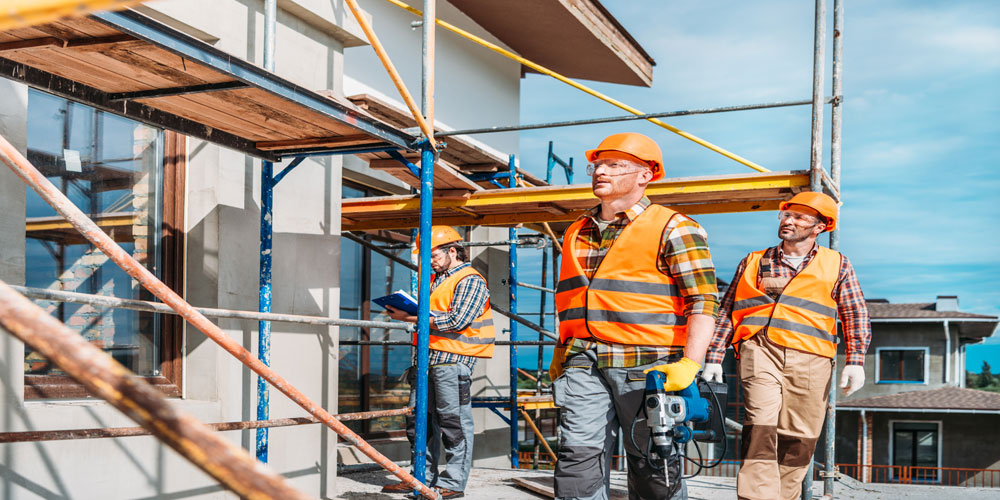
Air Tightness Testing & the Property Industry
Air Tightness Testing & the Property Industry: Enhancing Efficiency and Sustainability
In today’s property industry, the focus on energy efficiency and sustainability has become more pronounced than ever. With growing concerns about climate change and rising energy costs, property developers, homeowners, and regulatory bodies are seeking innovative ways to optimise building performance. One such crucial aspect gaining prominence is Air Tightness Testing. This post will delve into the significance of air tightness testing in the property industry and how it contributes to creating more energy-efficient and sustainable buildings.
Understanding Air Tightness Testing:
Air tightness testing, also known as air leakage testing or blower door testing, is a procedure that measures the rate of uncontrolled air leakage in a building’s envelope. The building envelope includes walls, roofs, windows, doors, and any other structures that separate the interior and exterior environments. The primary goal of this test is to identify and quantify areas where air may be escaping or infiltrating the building, leading to energy wastage and discomfort for occupants.
Why is Air Tightness Important?
Energy Efficiency: An air-tight building helps prevent unwanted air leakage, which can account for a significant portion of energy consumption. By reducing drafts and air exchange between indoor and outdoor spaces, the heating, ventilation, and air conditioning (HVAC) systems can operate more efficiently, resulting in lower energy bills and reduced carbon emissions.
Comfort and Indoor Air Quality: A well-sealed building ensures a consistent indoor environment by minimising temperature fluctuations and improving indoor air quality. This results in increased comfort for occupants and a healthier living or working environment.
Sustainability: The property industry plays a vital role in sustainability efforts. Reducing air leakage means reducing the overall energy demand of a building, which aligns with global goals to minimise the carbon footprint and combat climate change.
Compliance and Certification: Many building codes and energy efficiency standards require air tightness testing as part of the compliance process. Additionally, certifications like LEED (Leadership in Energy and Environmental Design) and BREEAM (Building Research Establishment Environmental Assessment Method) take air tightness into account when awarding green building credentials.
Benefits for the Property Industry:
Reduced Operational Costs: Improved energy efficiency leads to lower utility bills and increased property value. Developers can market energy-efficient buildings as a valuable asset, attracting eco-conscious buyers or tenants.
Positive Reputation: Incorporating air tightness testing and focusing on sustainability can enhance the reputation of property developers and management companies. A commitment to environmentally-friendly practices can attract a broader clientele and foster positive relationships with stakeholders.
Long-Term Investment: Energy-efficient buildings tend to have a longer lifespan and lower maintenance costs, making them a more secure long-term investment for property developers and owners.
Air Tightness Testing & the Property Industry
Incorporating air tightness testing into the property industry is a step in the right direction towards a more sustainable and energy-efficient future. By optimising building performance, we can reduce carbon emissions, lower energy consumption, and create healthier living and working spaces for occupants.
The property industry has a unique opportunity to lead the way in combating climate change while reaping the benefits of improved operational efficiency and enhanced reputation. Embracing air tightness testing is a win-win situation for all stakeholders involved, contributing to a more sustainable and prosperous future for generations to come.
We can help with your Air Tightness Testing
APT Sound Testing has a large amount of experience in understanding the requirements of Approved Document L, along with extensive experience in carrying out thousands of successful air tightness tests on a wide range of developments across London and the UK.
In order to achieve the required air tightness target (which is getting lower all the time) and to avoid the risk of a failed air tightness test, we strongly recommend that early consideration is given to the design of the air leakage line within your project.
By working with our customers throughout their design and construction stages, we can provide advice and guidance on the most feasible ways to avoid air leakage and attain compliance for the air tightness test. Please download our air tightness checklist to help you prepare for your test.
For more information please call us to day at 01525 303905 or use the online contact form, and we will get back to you as soon as possible.